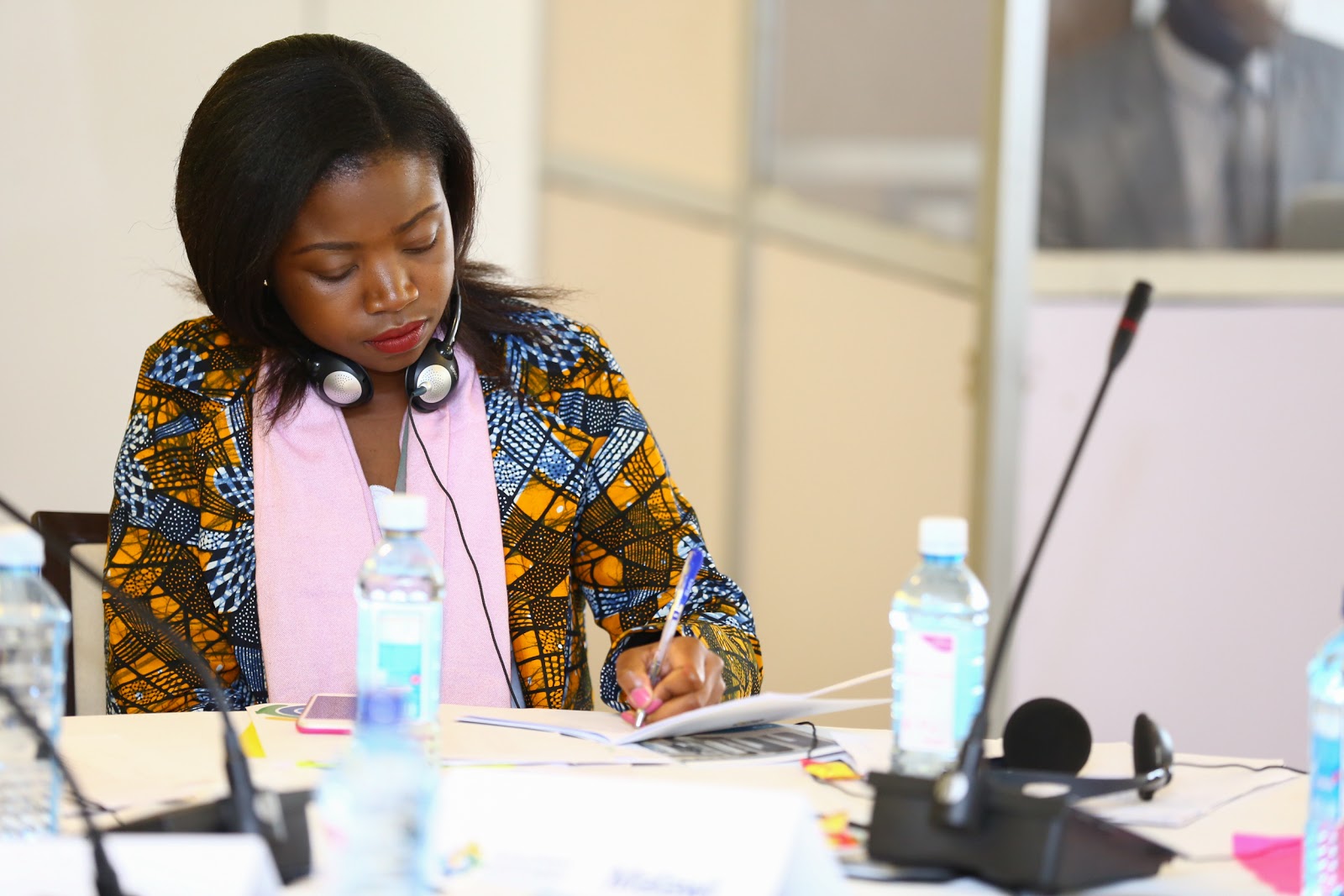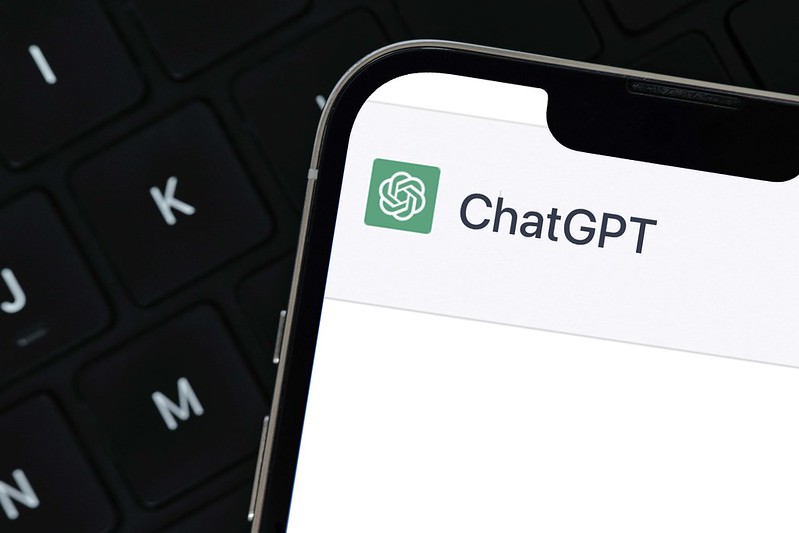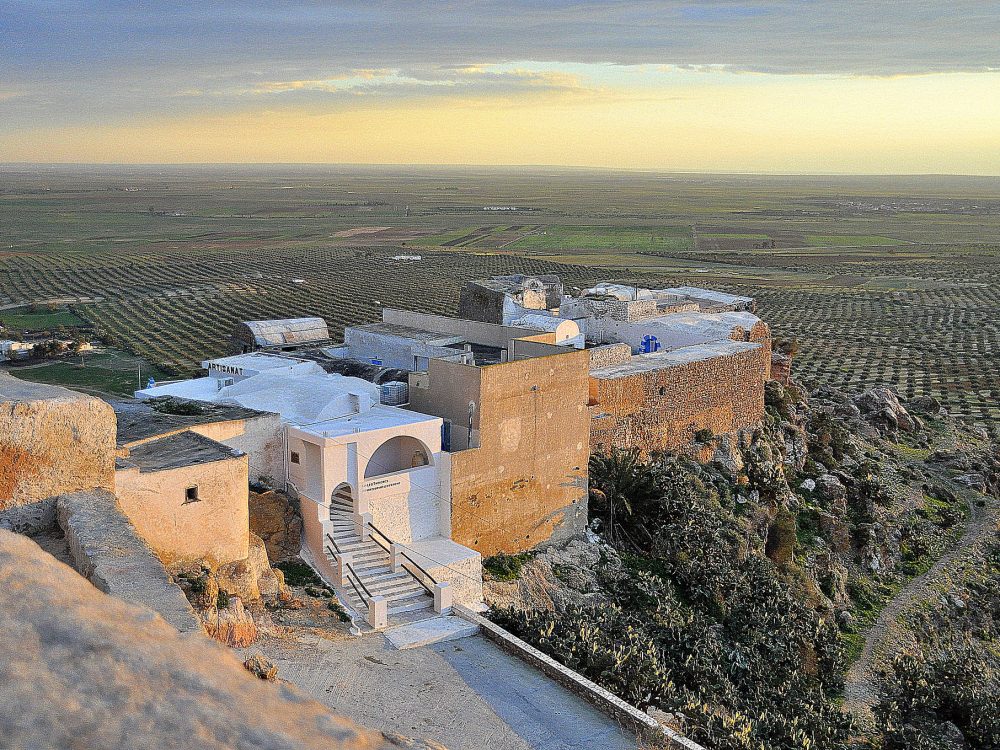Our Partnership Approach: 15 Years of Sustainable Collaboration in AMP

Figure 1: AMP Workshop participants together with the DG team
September 4th, 2018 marks the 10-year anniversary of the adoption the Accra Agenda for Action, which promotes the strengthening of partnerships between development partners and recipient countries through the principles of ownership, inclusive partnership, and delivering results. In advance of this decade long milestone, DG is taking a moment of opportunity to reflect on our own experience – nearly 15 years of implementing the Aid Management Program (AMP) in over 25 countries. As we announced on the heels of our AMP Good Practices Workshop, this blog is the first in a series of posts on the evolution of AMP through 2018.
In implementing AMP or similar government-led administrative systems, we at DG are frequently asked the seemingly-straightforward question – “So how long does it take?”
Even after 15 years of being asked this question, no straightforward answer exists; nor is there a straightforward “path” to take that guarantees governments will achieve success in using AMP. Instead of relying on a fixed model, throughout our years implementing AMP, DG has developed a strong ethos of true partnership with the stakeholders we collaborate with. Believing in partnership means a few things: we meet governments where they are in their own journeys, we adopt their goals as our own, and we don’t set arbitrary measures of success that are not meaningful to their contexts.
An ethos of partnership – what does this mean in practice?
Though each country’s experiences vary widely, each AMP implementation follows the same core trajectory. We start each one by learning about stakeholder needs from the government, development partners, and the CSO community, using insights gained to develop a plan that uses the government needs as a foundation, but also considering the needs of the wider community.
As we implement, our plan stays intact; however, we are constantly learning and adapting to our partners’ needs in order to meet their goals. In some contexts, this means that AMP is used almost exclusively for planning – at the sector, program, and project levels. In others, AMP is used more for financial management and transparency, and we’ve built technical integrations with Integrated Financial Management Systems (IFMIS) and Debt Management systems such as DMFAS for the Government of Uganda to meet these needs. Other partners require more sophisticated monitoring and evaluation functionality, which we build while prioritizing their input and needs.
At DG, we take an adaptive, iterative approach to tool development. In each step of an AMP implementation, we continually check in with our own assumptions, gathering feedback and learning from our partners so that we can flexibly respond to any changing needs. Further, hosting the biennial AMP Good Practices Workshop allows us to facilitate learning between partners, constantly developing more effective ways to solve problems.

Figure 2: Problem solving at the AMP Workshop
Partnership can be complicated – and effective collaborations require both sides of the table to be honest, communicative, and open to working together to find the best solution. We believe that our partnership approach to AMP implementations has contributed to the program’s high sustainability rate, allowing DG to be more than a vendor. Instead, we are technical partners that build country ownership of all processes: from good practices, to tool implementation, to subsequent capacity building.
Stay tuned for more posts in the coming weeks from our AMP Retrospective. We’ll be sharing insights and perspectives from different members and facets of the AMP team.
Share This Post
Related from our library

How useful is AI for development? Three things we learned from conversations with development experts
The development world is buzzing with excitement over the idea that new and emerging applications of artificial intelligence (AI) can supercharge economic growth, accelerate climate change mitigation, improve healthcare in rural areas, reduce inequalities, and more. But what does this look like in real life?

At a Glance | Tracking Climate Finance in Africa: Political and Technical Insights on Building Sustainable Digital Public Goods
In order to combat the effects of climate change, financing is needed to fund effective climate fighting strategies. Our white paper, “Tracking Climate Finance in Africa: Political and Technical Insights on Building Sustainable Digital Public Goods,” explores the importance of climate finance tracking, common barriers to establishing climate finance tracking systems, and five insights on developing climate finance tracking systems.

Du côté de l’Afrique Francophone et des Caraïbes
Development Gateway travaille aussi dans les pays francophones d'Afrique et des Caraïbes depuis 2007. Nous mettons à profit notre expertise technique et développons des outils, des processus et des analyses multilingues personnalisés pour soutenir les efforts de nos partenaires à obtenir de meilleurs résultats dans plusieurs secteurs, notamment l'assistance au développement, l'agriculture, les industries extractives et la santé. Ce bulletin d'information revient sur la présence de DG dans les pays francophones.